Search

Southern Rust Developing Late in Corn
Southern rust was found in a few corn fields scouted last week. This rust is developing very late in the season and therefore its impact on corn yield will be minimal.
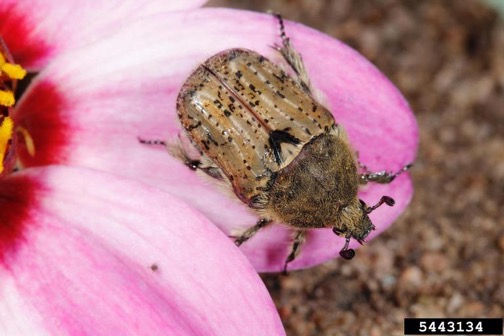
What are Those Large Beetles in My Garden?
One of the insects that starts to attract attention this time of year is the bumble flower beetle.
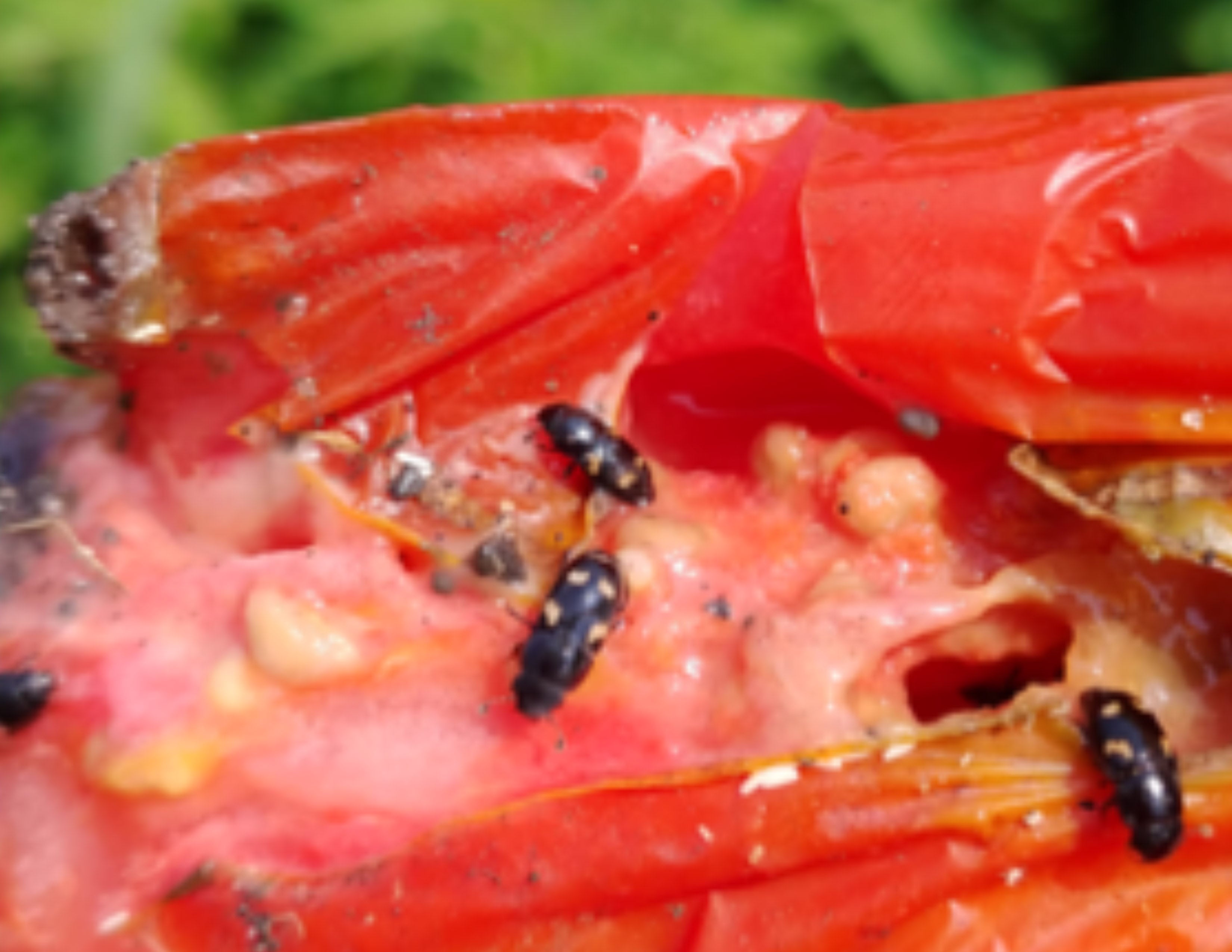
Insects are Invading My Produce!
Ripe fruit that has been injured as well as ground fall fruits often attract undesirable insects into an area.
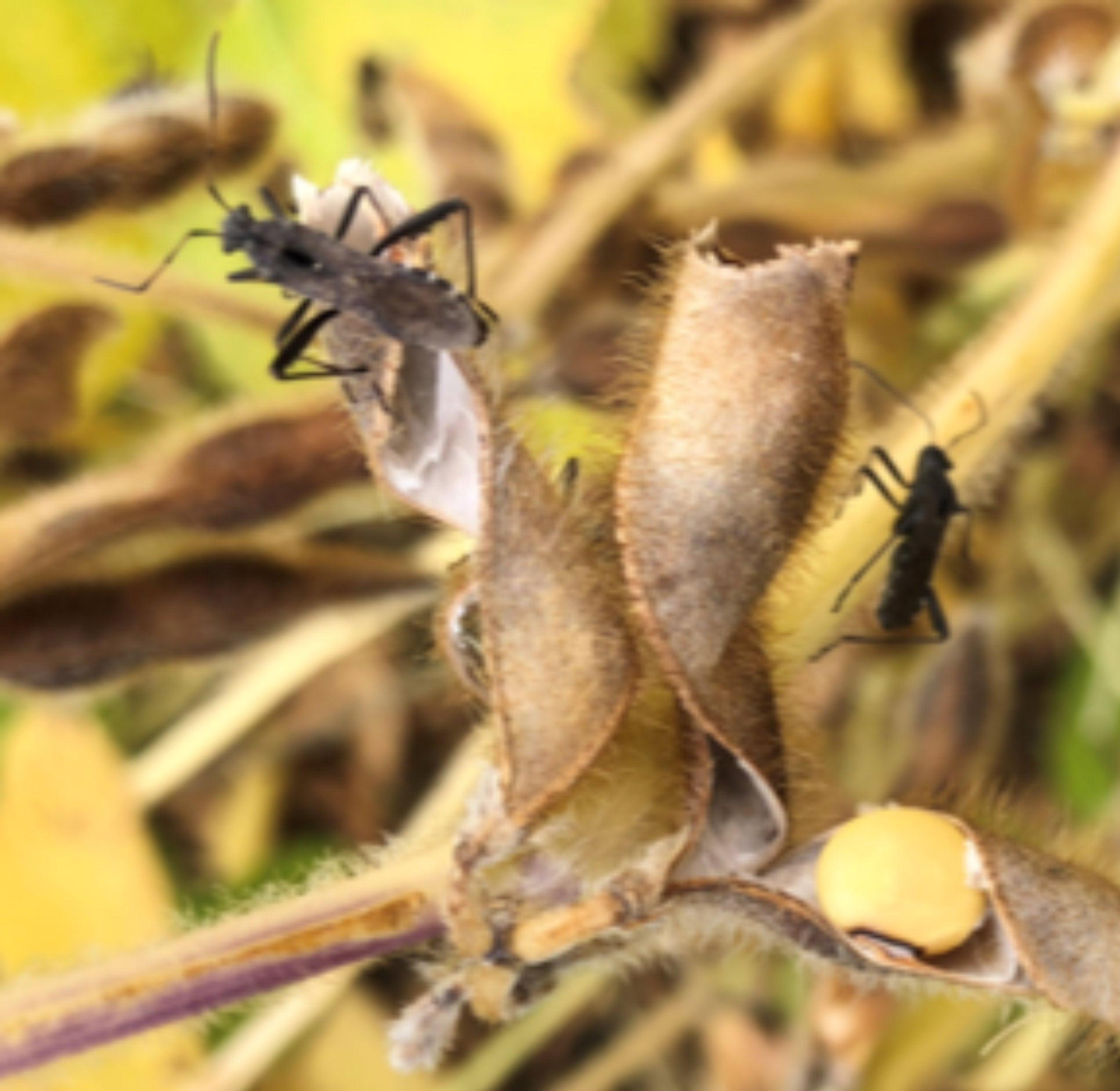
Broad-Headed Bugs in Soybean: Should You Be Worried?
This week we received a report of insects infesting a soybean field. However, they weren’t insects that we generally think of when the term "soybean insect pests" comes up.
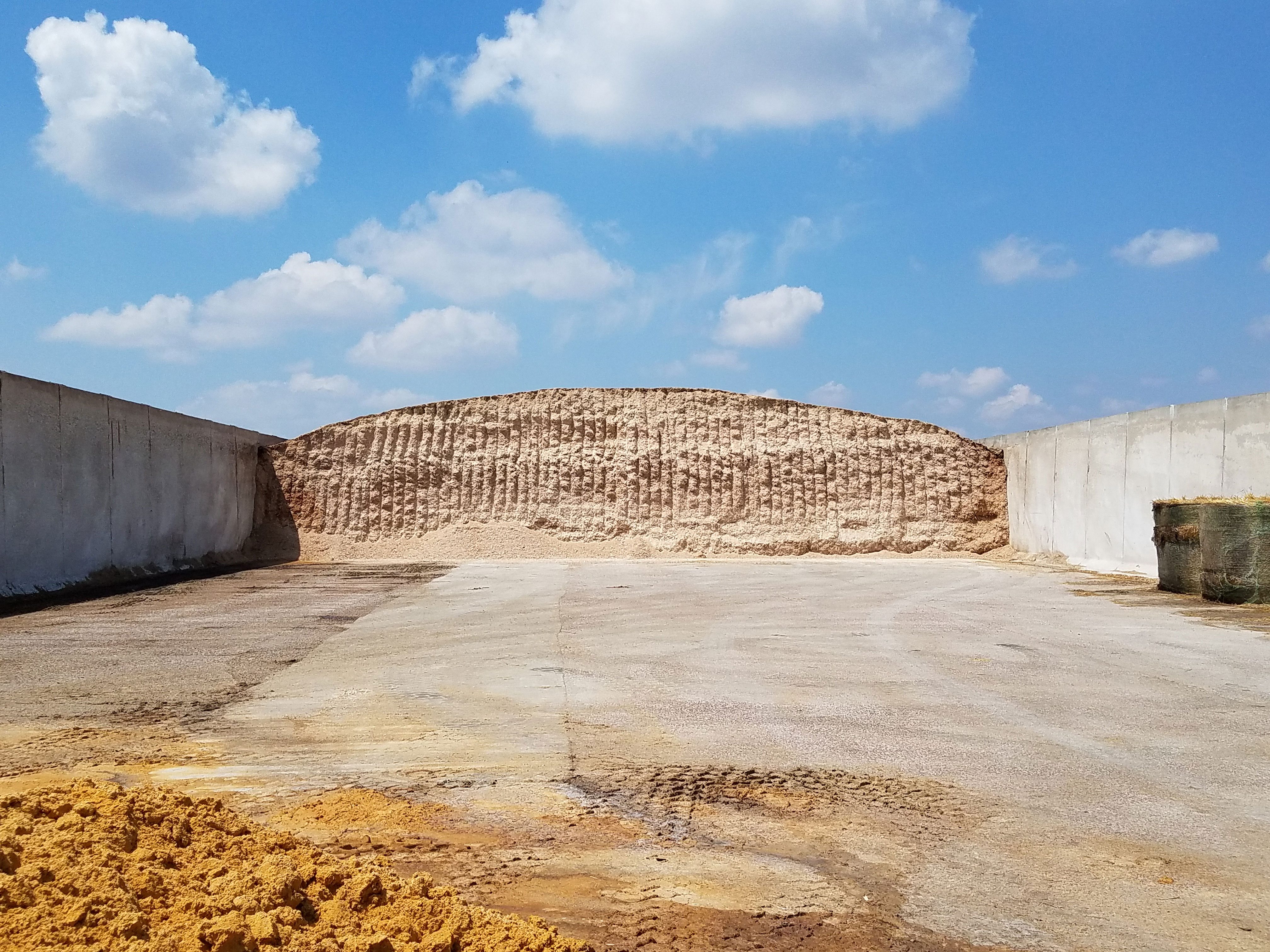
Valuing High-Moisture Corn and Earlage
A key advantage to using commodities that meet standard specifications and are frequently traded is that it is very easy to establish an economic value that is accepted by most users. The marketplace sets the value of corn, and other feedstuffs on a daily basis, provided those products meet some set of standard specifications.
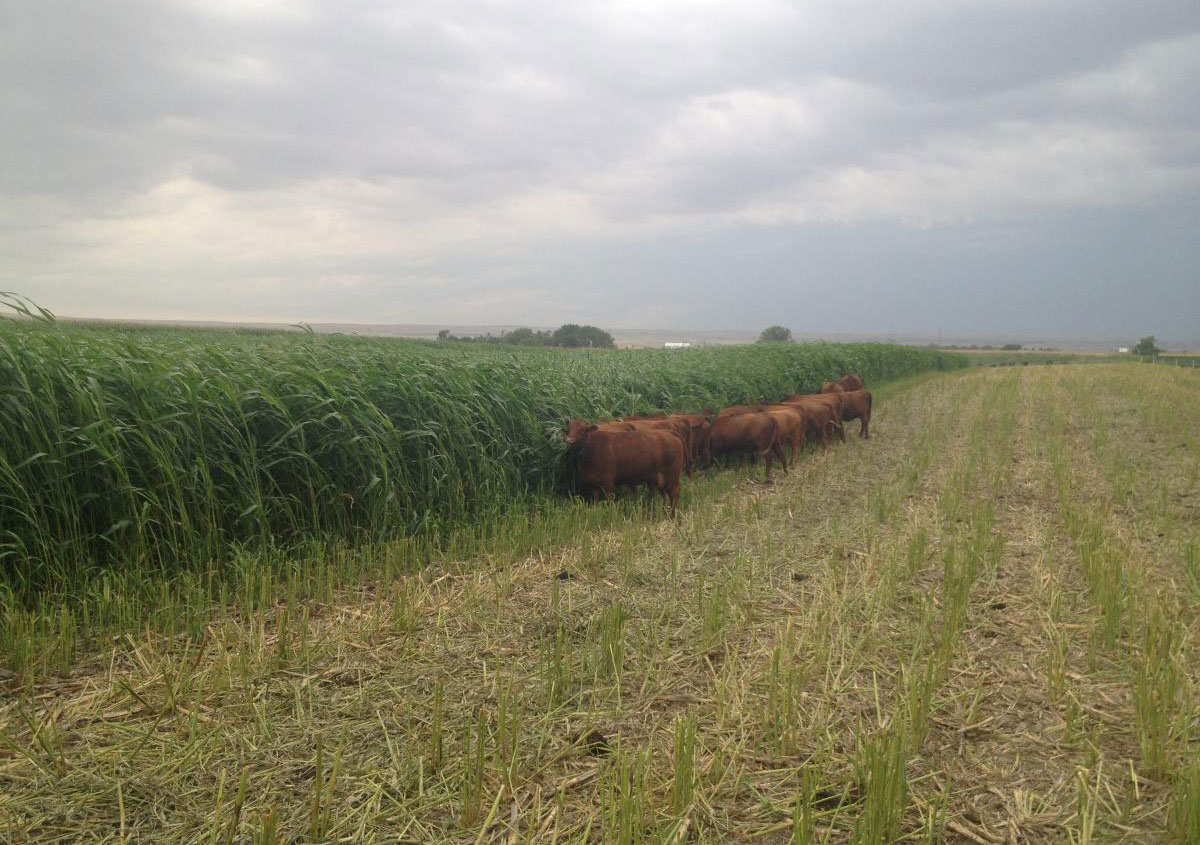
Prussic Acid Poisoning
As the first frost date approaches, producers often have concerns about the risk of prussic acid poisoning in livestock. Certain forage plants, especially sorghums and related species are associated with an increased risk of death loss because of prussic acid poisoning.
Multi-Species Grazing as an Alternative to Pasture Spraying
Broadacre spraying of pastures is intended to reduce undesirable plants and increase grasses for livestock. This practice often results in unintended consequences, including damage and reduction of native forbs and reduced profitability. One approach to managing perceived “weedy” plants is incorporating different species of livestock into a grazing operation.
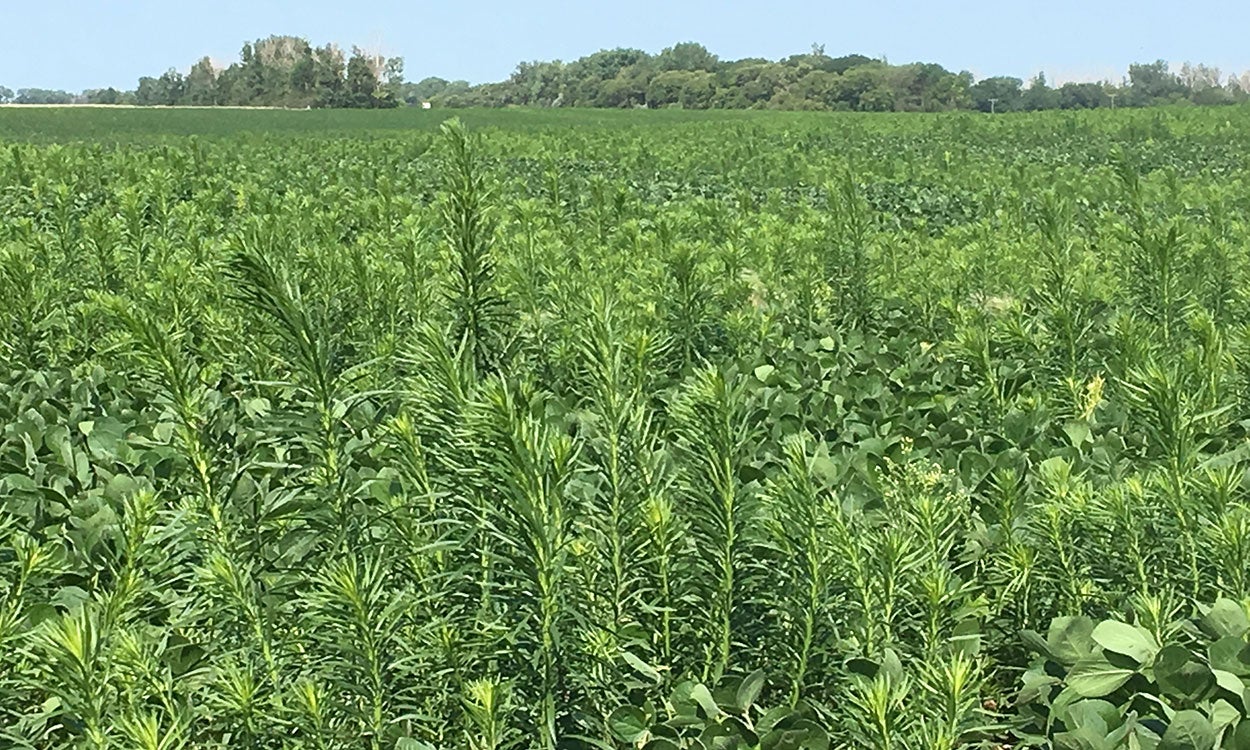
Marestail Fall Control
Marestail (also known as horseweed) is considered either a winter annual or biennial species that is often difficult to identify at the rosette stage. In the Dakota’s, marestail will germinate in the fall and bolt in the spring.
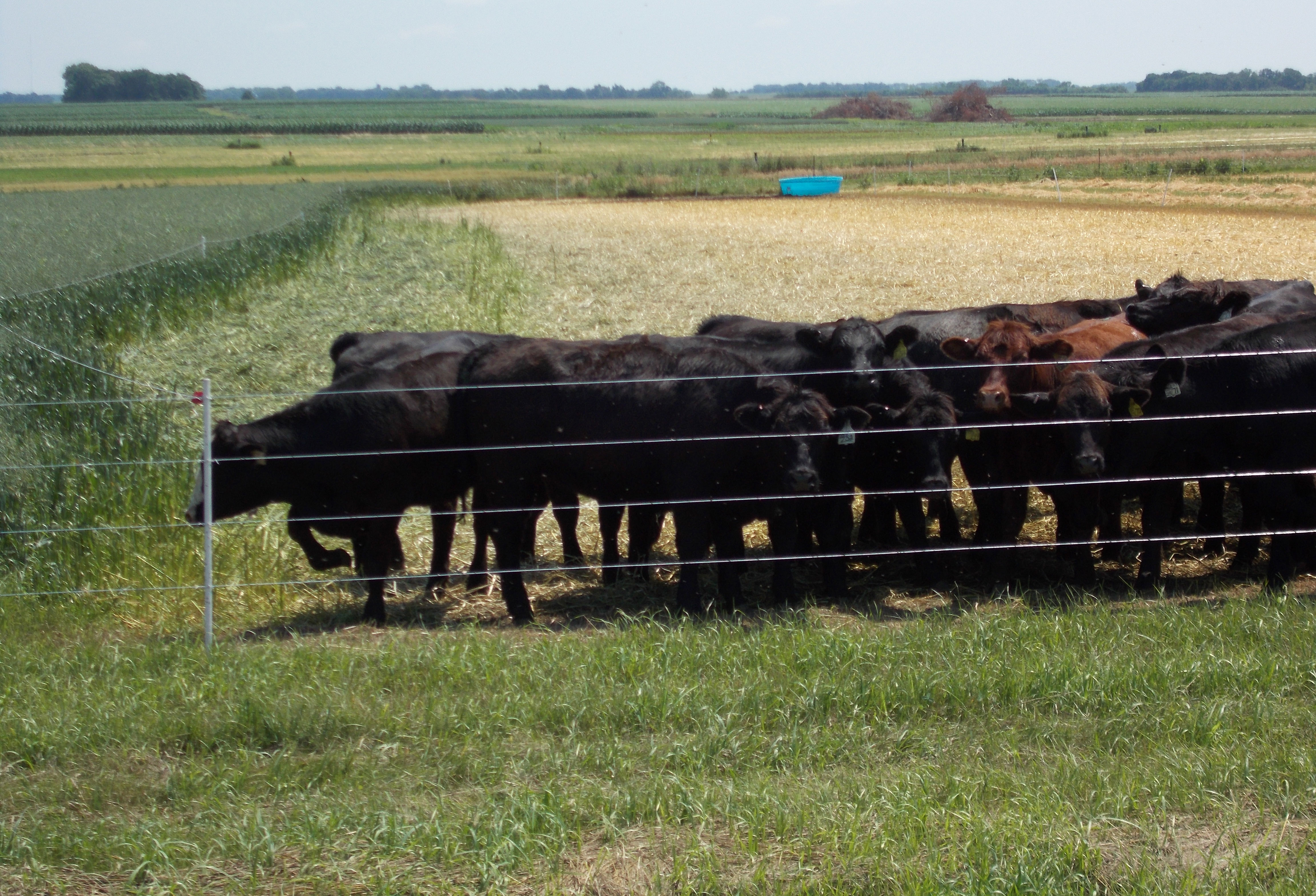
Weaning Calves on Cover Crops
What do we do if it is time to wean calves, but the pen isn’t ready? That can be a real concern during wet fall seasons, such as 2019. Putting calves into muddy pen conditions is far from desirable, but holding calves on the cows deep into fall increases the risk of adverse winter weather and tends to pull body condition off the cows.
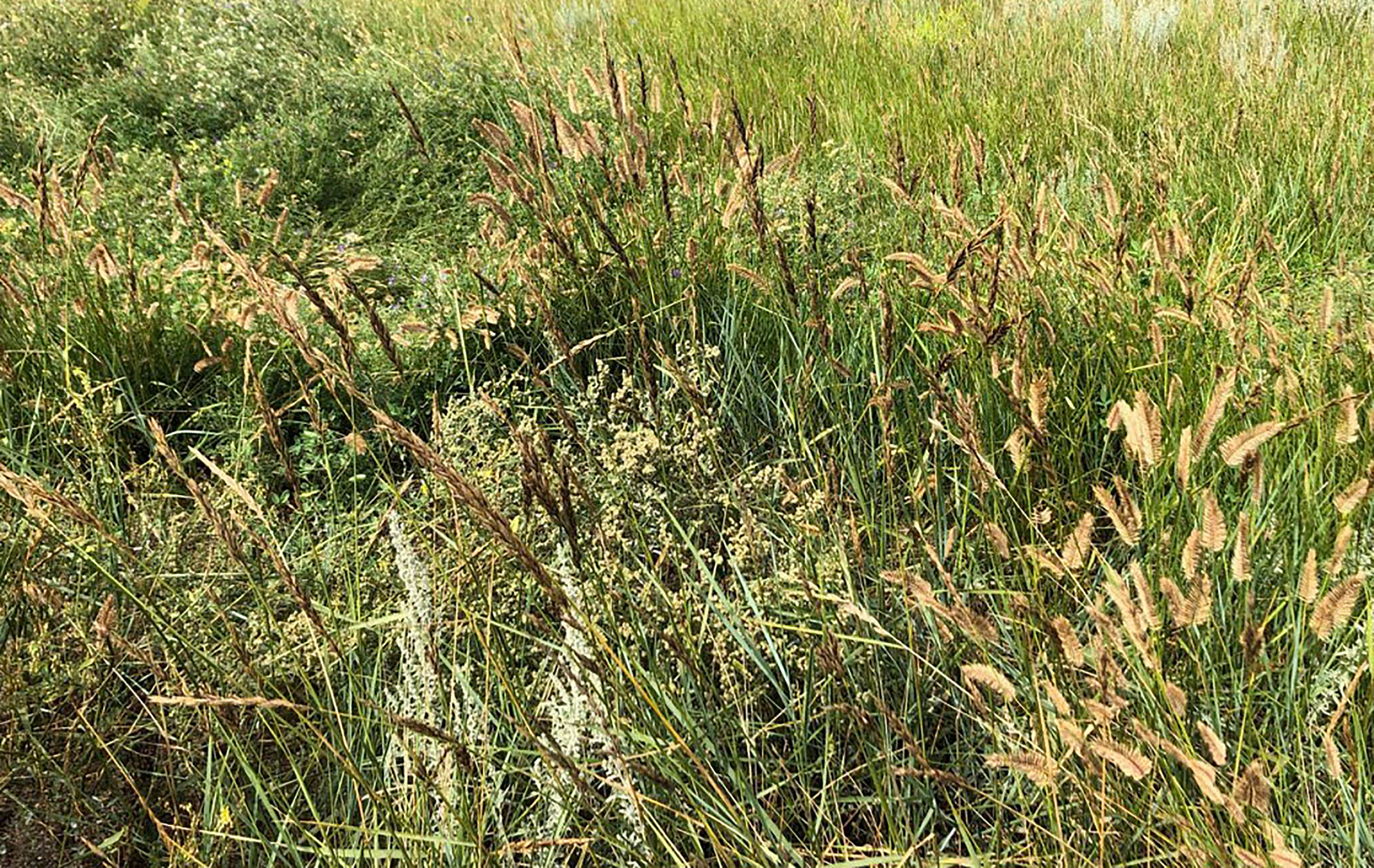
Ergot in Western Wheatgrass and the Potential Effects for Winter Grazing
2019 has been a year fraught with challenges for ranchers across South Dakota. Abundant precipitation is usually a blessing, however, wet conditions coupled with a cool spring followed by warmer temperatures has caused another problem across the rangelands of South Dakota: ergot poisoning.